A Tale of Two Thinnings

Above: Ferris Family Forest
Two members of NNRG’s group FSC certficate, Kopel Family Forest and Ferris Family Forest, are both commercially thinning their forests—a strategy that works to achieve both landowners’ goals for their lands.
Kopel Family Forest
“Mount Rainier is right in your face!” says Irene Kopel about her 40-acres of forestland in the Nisqually River Watershed, situated 20 miles from the big mountain. Irene’s top priorities for her land include (eventually) building a home for her family, maintaining the truly stellar views of Mount Rainier, and keeping the forest itself healthy.
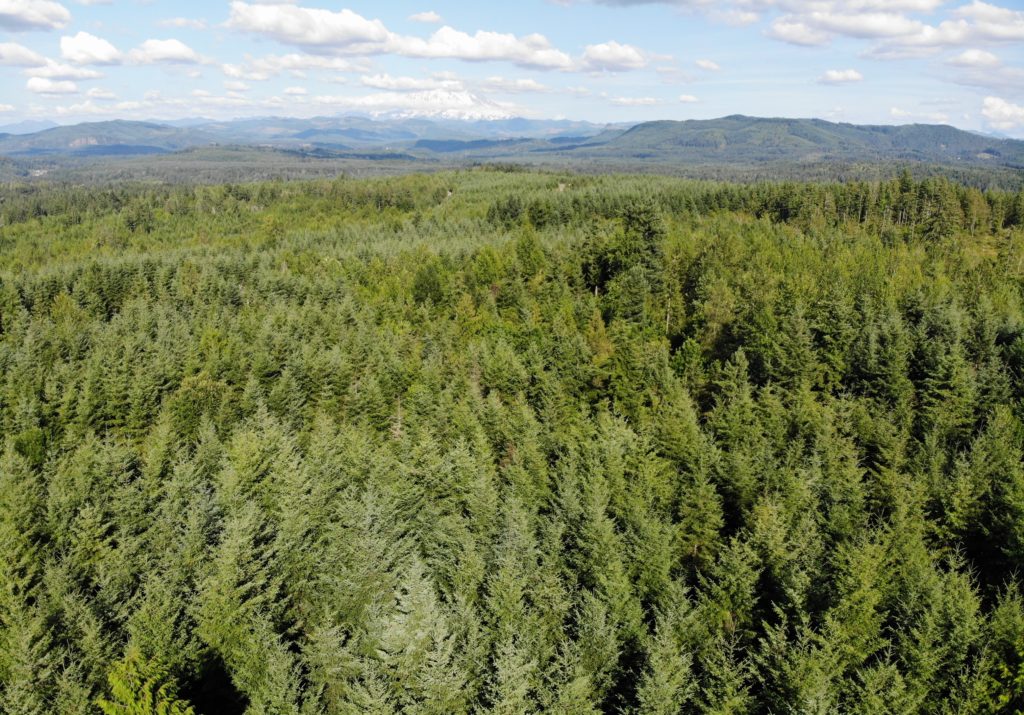
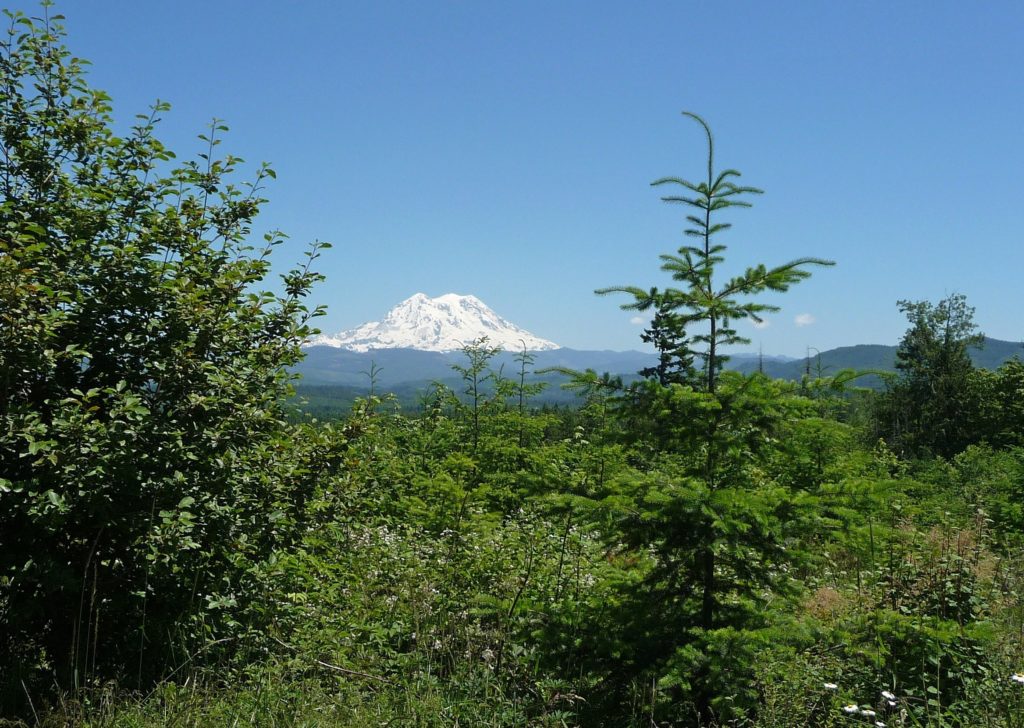
As former industrial timberland, most of the stands in Kopel Family Forest were densely planted 28 years ago with an eye to shorter rotation harvest cycles. Now, the trees are beginning to compete too much for water and soil nutrients.
This year, Irene is working with NNRG to PCT several densely-stocked stands, leaving more room, soil nutrients, and water for the remaining trees to grow. The thinning will be done mechanically with cost-share funding from the Environmental Quality Incentives Program (EQIP).
Ferris Family Forest
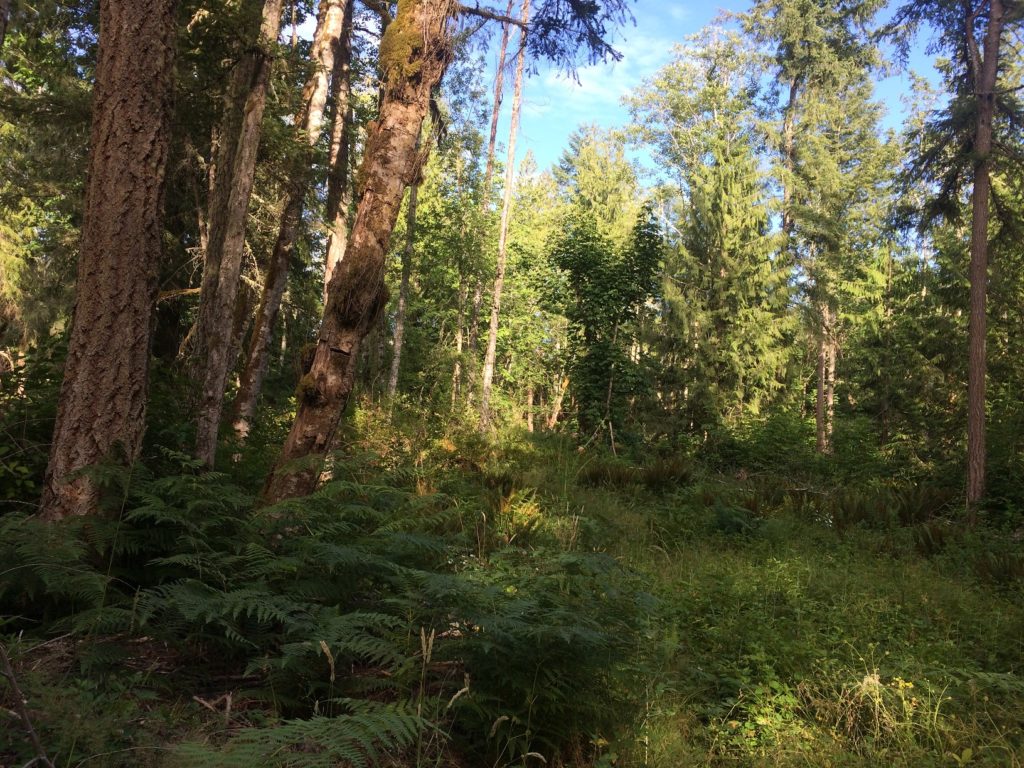
Just a few miles away, Ruth Ferris was coping with a similar situation in her forest when she inherited management of Ferris Family Forest several decades ago. The forest had been selectively logged for its biggest trees 40 years earlier and while a few large cedars remained, most stands were overcrowded with mid-size evergreens. Having taken several forest management classes, Ruth was doing some thinning herself by hand. Eventually she decided that a commercial thinning operation was necessary, both for the health of the forest and to reduce fire-risk.
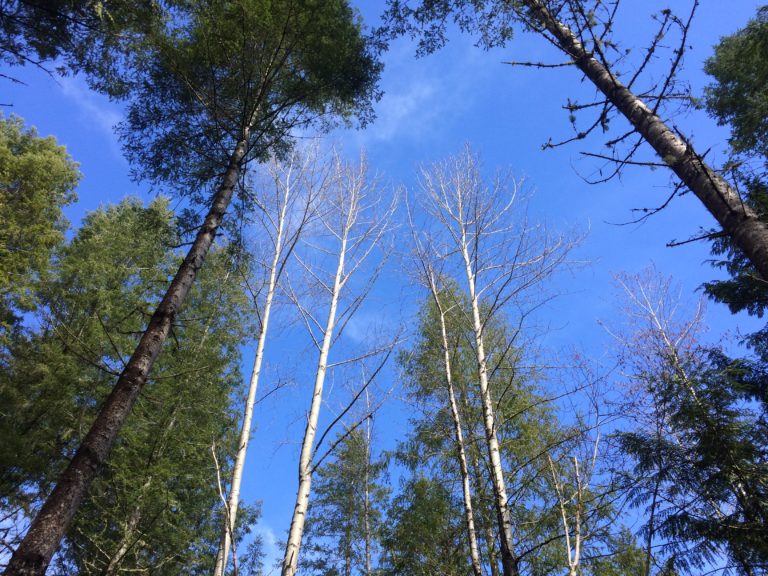
The thinning targeted the smaller disease-infected and suppressed trees, leaving the healthiest trees more room to grow. Reflecting on the difference between that harvest and the one forty years prior, Ruth says, “The theory had shifted [from taking the biggest trees in the forest] to leaving your biggest trees, because you want to keep best gene pool behind.” A pool of genes, she adds, more resistant to disease and more prepared for a changing climate.
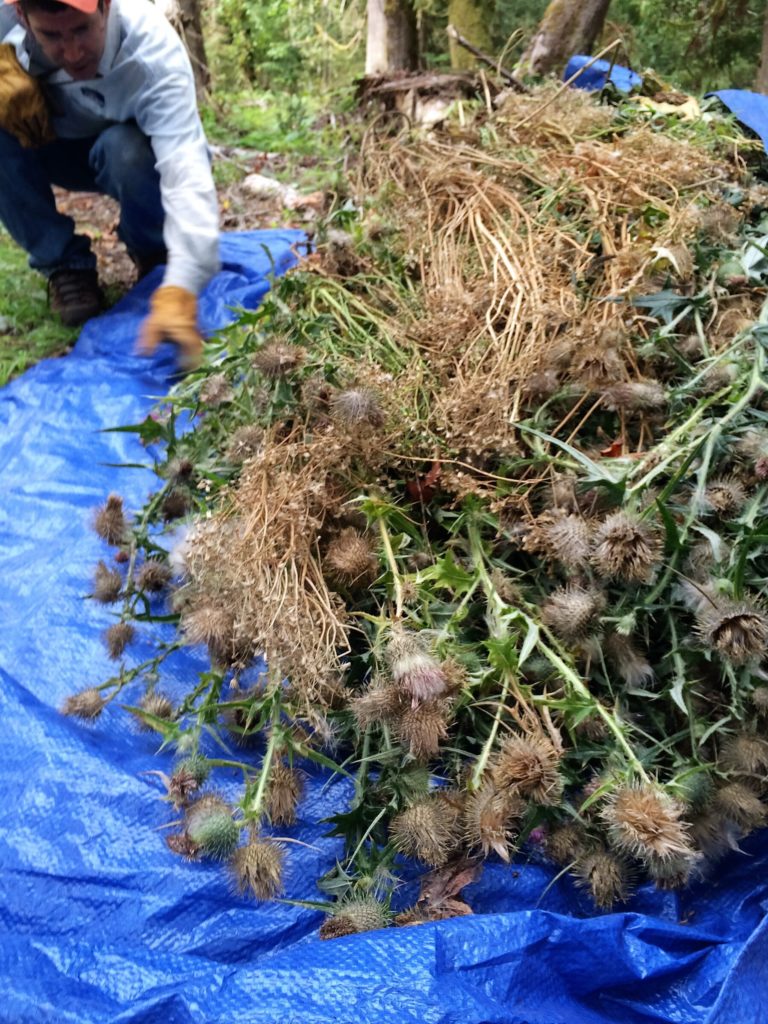
Ruth has been monitoring the changes in her forest since the thinning. Not everything is perfect. The thinning changed the course of a small stream, which drowned the roots of a few mid-sized cedars. Invasives―tansy ragwort, scotchbroom, thistle―are a constant struggle, and they’ve spread in some of the staging areas used by the loggers. (Luckily, visits from Ruth’s children and grandchildren often include some time spent on invasives removal. “Though, not as much as I wish,” she adds jokingly.)
Some birds left immediately after the thinning, but have begun to return in the last few years. This year, a pair of hooded merganser ducks began nesting in the forest for the first time. Black-capped chickadees “have really flourished”, says Ruth, and a nesting pair of nuthatches returned this spring.
The forest understory is lush. Particularly exciting are the lady’s slipper orchids, which had been gone from the forest for years. Ruth believes the slash left from the thinning may have protected the orchids from browsing by deer.
Ruth is pleased with the complex ecosystem her family’s forest still sustains. “The biodiversity that remained after the thinning―berries from spring to fall, a wide range of wild flowers and tree seeds and cones―supports a large web of forest and pond and swamp creatures.”
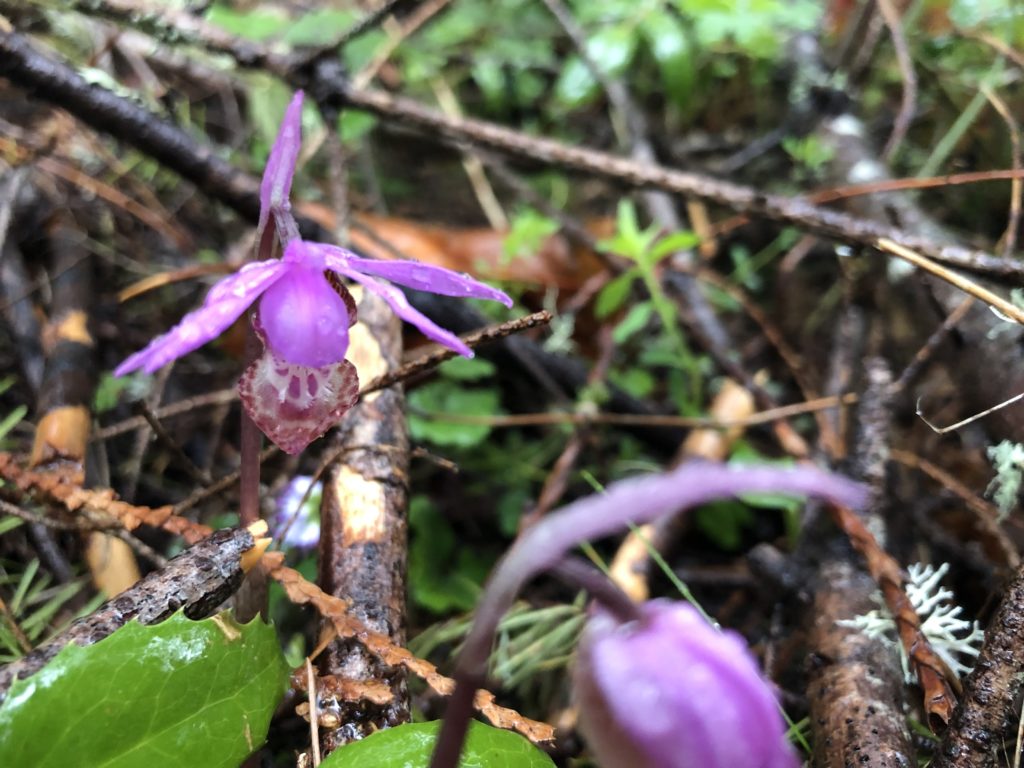
Read more about how Ruth is getting reacquainted with her forest in this article from the Puyallup Watershed Initiative.
Learn More about Thinning
Visit our Resources on Thinning page to learn more about commercial and pre-commercial thinning. Find a list of resources to help you prior to, during, and after a thinning harvest in your forest.

Leave a Reply